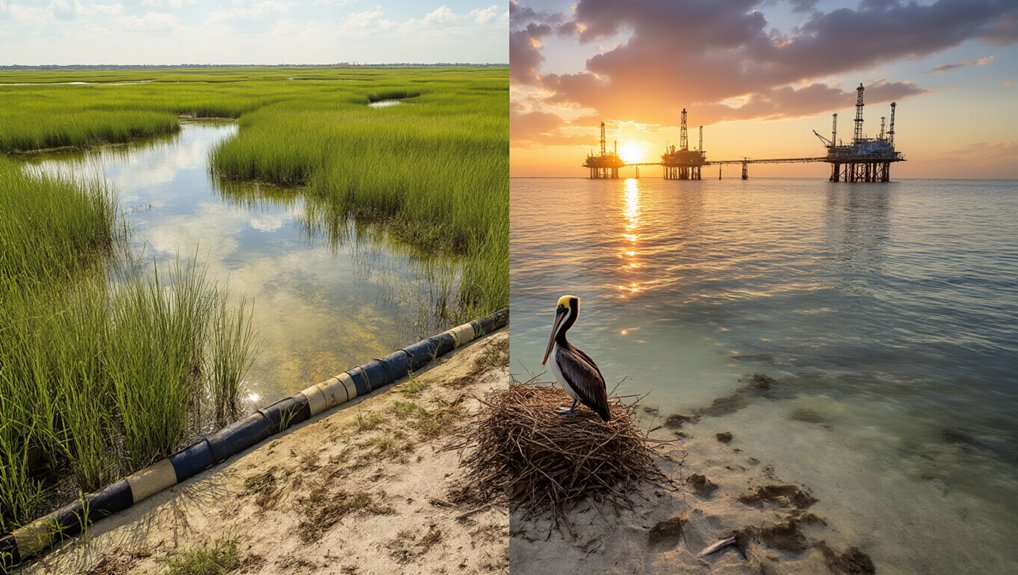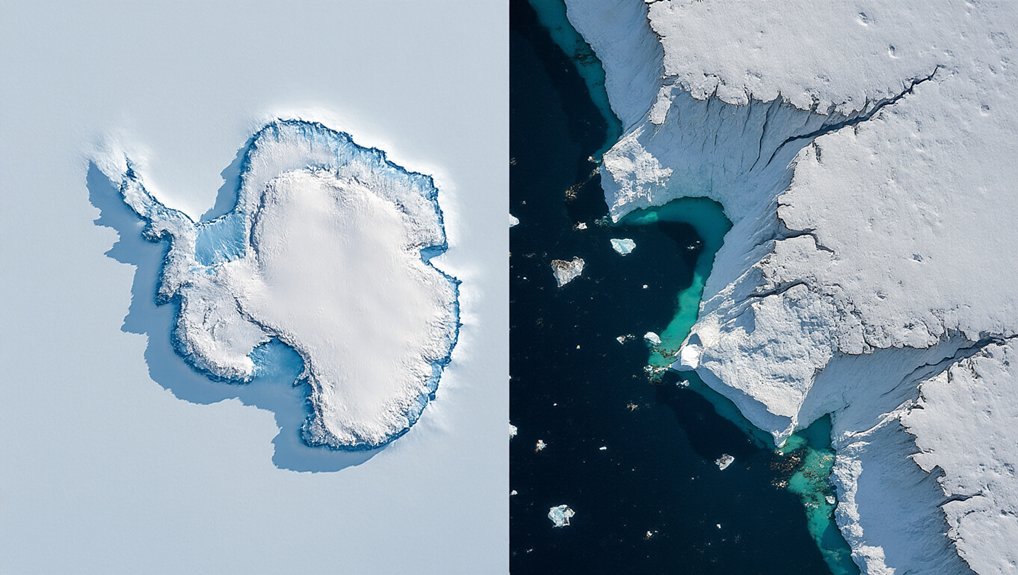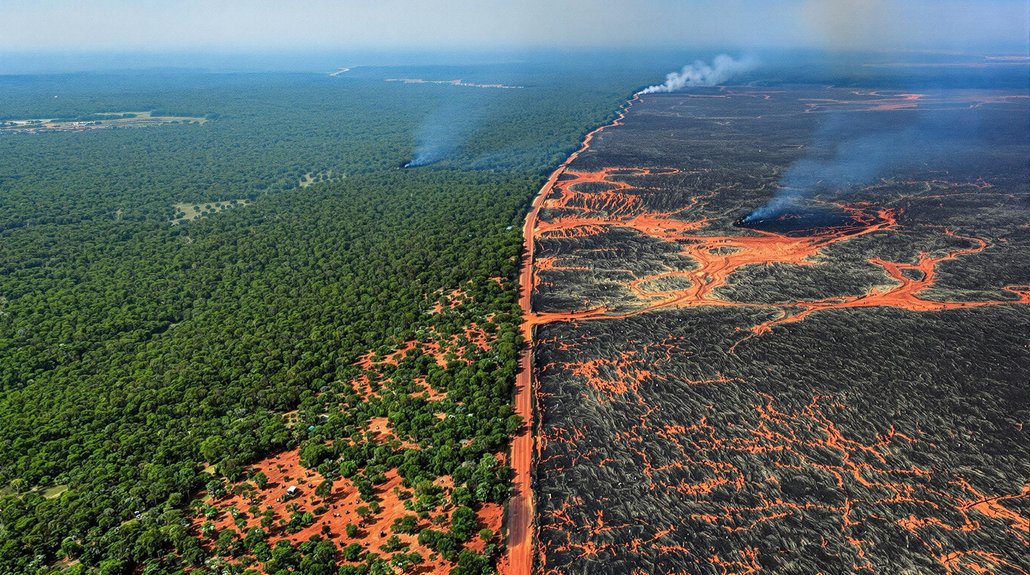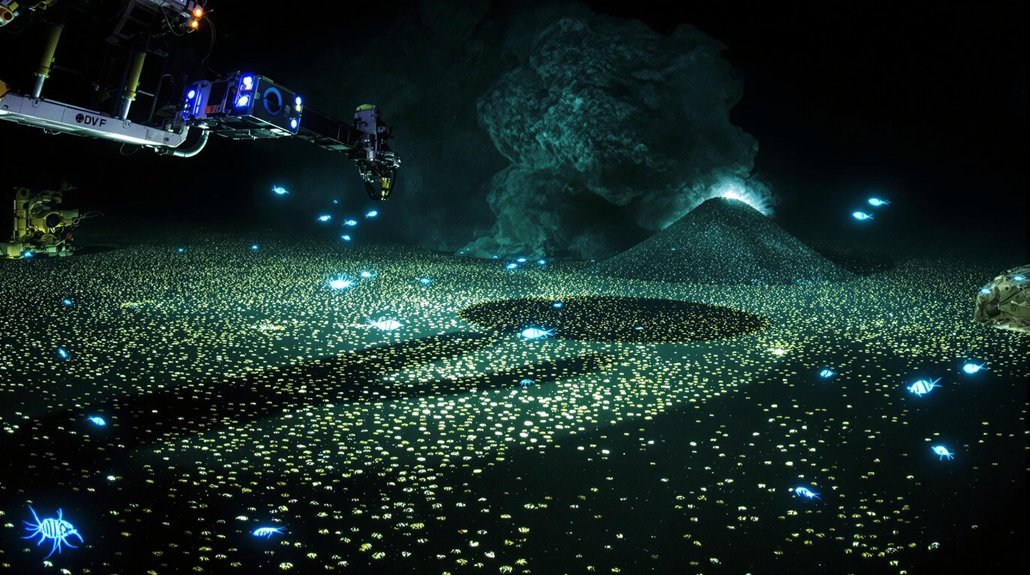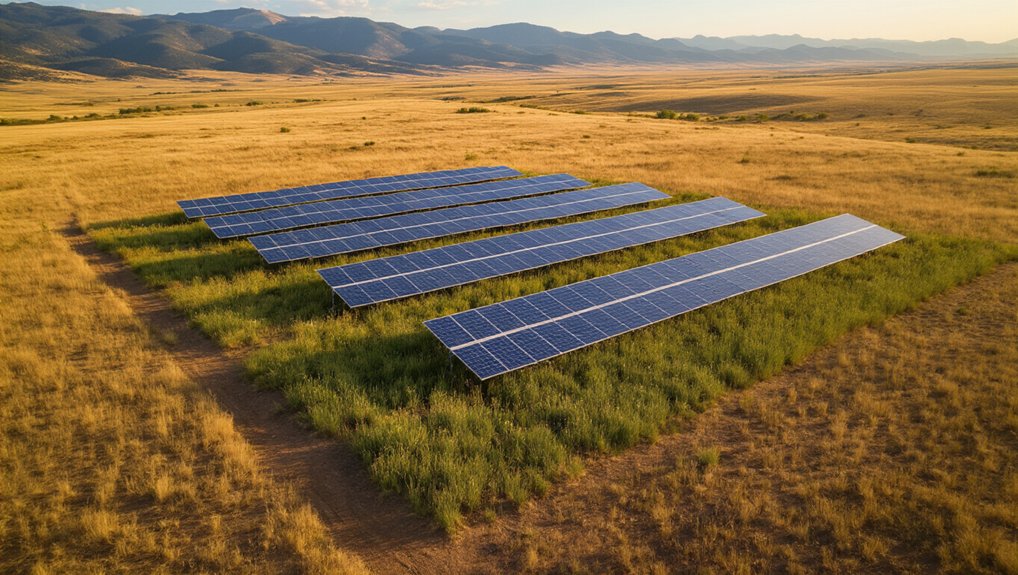While most environmental disasters fade from public memory, the Deepwater Horizon oil spill continues to haunt the Gulf of Mexico fifteen years later. The numbers alone tell a devastating story: 4.9 million barrels of oil dumped into pristine waters, creating a toxic slick across 111,000 square kilometers. More than 1,300 miles of coastline smeared with oil and tar balls. Not exactly a day at the beach.
BP’s wallet took a hit—over $20 billion in the largest environmental settlement in U.S. history. But can money fix everything? So far, $5.38 billion has funded more than 300 restoration projects. Hefty price tag for corporate negligence. The RESTORE Act of 2012 guaranteed those billions actually went toward Gulf Coast recovery rather than disappearing into the federal black hole.
Restoration efforts look impressive on paper. Federal agencies, state governments, nonprofits, and universities all working together—building artificial reefs, improving state parks, creating educational centers. Kumbaya and all that. The Deepwater Horizon Natural Resource Damage Assessment Trustees oversee the whole complicated mess, focusing on marine resources, wetlands, and water quality.
But fifteen years later, deep-sea corals still haven’t recovered. Some species bounce back; others suffer chronic damage. The once plentiful Rice’s whale population has experienced a 22% decline since the catastrophic spill. Scientists keep monitoring, scratching their heads about long-term effects. Nobody really knows.
The clock is ticking. BP’s settlement funding expires in 2032, but ecosystems operate on their own timeline. Seven years left, billions still unspent. What happens when the money dries up? The recovery efforts face similar challenges to forests worldwide, which are seeing decreased carbon absorption due to climate change and human disturbances.
Gulf communities have seen some benefits—improved infrastructure, better recreational facilities, educational centers attracting tourists. The long-term mental health of residents continues to be concerning, with many still experiencing depression and anxiety years after the disaster. Local economies are breathing again. Fishing industries are limping back.
The true measure of success? Not the money spent but the resilience built. The Gulf’s resurrection remains unfinished business—a stark reminder that preventing ecological catastrophes beats trying to clean them up afterward. Some lessons cost $20 billion to learn.
References
- https://www.fisheries.noaa.gov/national/habitat-conservation/10-years-noaas-work-after-deepwater-horizon-oil-spill-timeline
- https://news.mongabay.com/2025/04/15-years-after-the-bp-oil-spill-disaster-how-is-the-gulf-of-mexico-faring/
- https://blog.nwf.org/2025/04/15-years-later-reflecting-on-the-deepwater-horizon-oil-spills-legacy-in-the-gulf/
- https://www.restorethegulf.gov/release/2025/04/16/gcerc-releases-reflections-restoration-and-partnership-2025-status-report
- https://cleantechnica.com/2025/06/25/the-deepwater-horizon-tragedy-15-years-of-ecological-restoration-are-underway/
